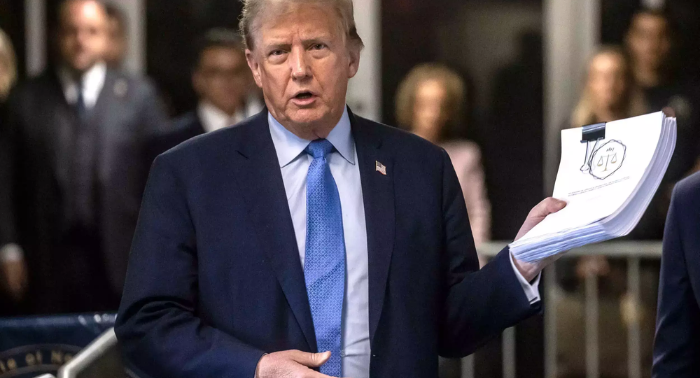Intel is set to embark on a significant investment spree totaling $100 billion across four states in the U.S., fueled by $19.5 billion in federal grants and loans, with an additional $25 billion in tax breaks in its sights.
CEO Pat Gelsinger unveiled Intel’s ambitious five-year plan, with a pivotal focus on transforming vacant fields near Columbus, Ohio, into what he described as “the largest AI chip manufacturing site globally,” slated to commence operations as early as 2027.
The announcement of federal funds under the CHIPS Act sent Intel’s shares soaring by 4% in premarket trading, signaling investor confidence in the company’s strategic vision.
In addition to the Ohio expansion, Intel plans to overhaul facilities in New Mexico and Oregon while scaling up operations in Arizona, where rival Taiwan Semiconductor Manufacturing Co (TSMC) is also undertaking significant construction. TSMC hopes to secure funding from President Joe Biden’s initiative to bolster advanced semiconductor manufacturing in the U.S.
For Intel, the infusion of funds from Biden’s chip manufacturing revitalization initiative is a crucial lifeline to address its business challenges.
Once a dominant force in semiconductor manufacturing, Intel faced setbacks in the 2010s, ceding ground to TSMC and witnessing a decline in profit margins due to competitive pricing and product inferiority.
In 2021, Gelsinger unveiled a plan to reclaim Intel’s top position, stressing the necessity of government backing to ensure profitability. With federal support secured, Intel is now poised to execute its ambitious spending plan.
Gelsinger outlined that around 30% of the $100 billion investment will be allocated to construction expenses, with the remainder earmarked for acquiring chipmaking equipment from leading firms like ASML, Tokyo Electron, and Applied Materials.
While Intel aims to bring the Ohio facility online by 2027 or 2028, Gelsinger cautioned that market fluctuations could impact the timeline. Intel intends to finance most purchases using existing cash flows, but Gelsinger hinted at the possibility of future rounds of U.S. funding to sustain America’s semiconductor leadership.
Industry analysts stress the importance of Intel’s ability to compete with Asian rivals and demonstrate self-sufficiency. Despite competition from TSMC and Samsung, Intel remains pivotal for U.S. interests, given its strong domestic workforce, technology, and supply chain.



